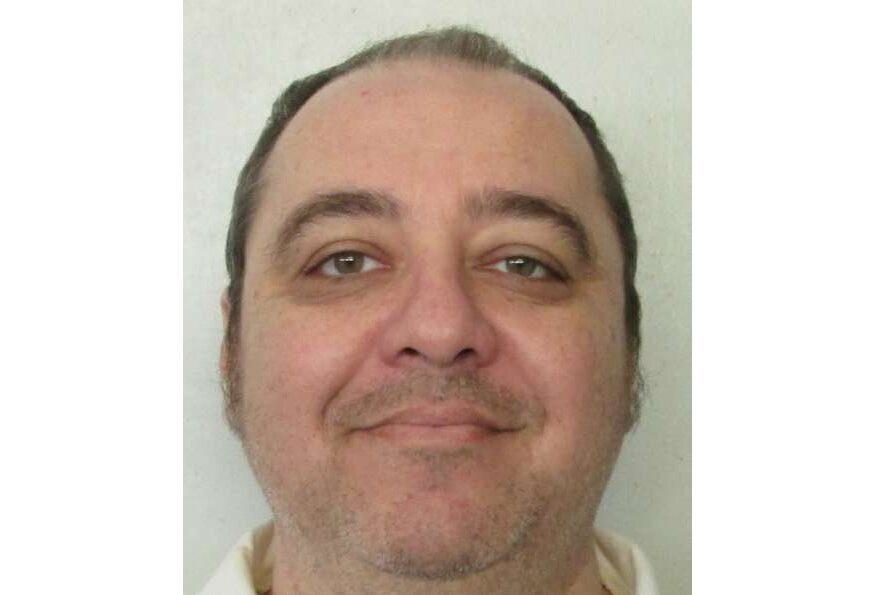The U.S. Supreme Court (SCOTUS) ruled in favor of an Alabama death row inmate who has requested to die by a new method of execution.
Kenneth Eugene Smith has been on death row since 1996 for murder for hire. Rev. Charles Sennett paid Smith and John Forrest Parker $1,000 to kill his wife so he could collect insurance money. Though the jury recommended a life sentence for Smith, a judge sentenced him to death.
The Alabama Department of Corrections (ADOC) executed Parker in 2010, but Smith has claimed he did not kill Sennett.
Last year, the SCOTUS ruled 6-3 to allow the ADOC to move forward with Smith's lethal injection, but his execution had to be delayed after officials failed to set the IV line before the warrant for execution expired.
Smith claimed the ADOC did not give him sufficient information about nitrogen hypoxia, also known as inert gas asphyxiation. He presented his case to a lower court and won.
Nitrogen hypoxia involves forcing the criminal to breathe in oxygen-deficient air (in this case, nitrogen). Though it has never been used to conduct executions, several people have either died naturally of asphyxiation or used the method to commit suicide.
Oklahoma first approved nitrogen hypoxia as an execution method in 2014. Alabama was the third state to approve the method, after Mississippi, in 2018.
In February, ADOC commissioner John Hamm said that the department plans to have nitrogen gas ready for executions by the end of 2023.
Alabama asked SCOTUS to reverse the lower court's decision, arguing that the state still needed to finalize protocols for using nitrogen hypoxia. However, the court declined the request. According to reports, Justices Clarence Thomas and Samuel Alito dissented from the court's decision.
To connect with the author of this story or to comment, email will.blakely@1819news.com or find him on Twitter and Facebook.
Don't miss out! Subscribe to our newsletter and get our top stories every weekday morning.










